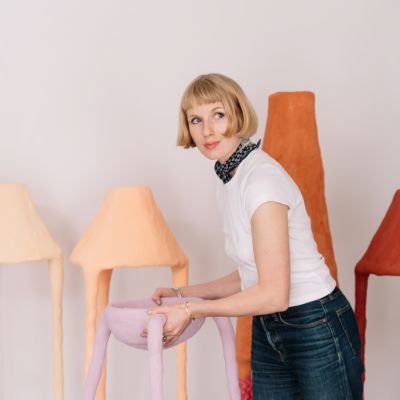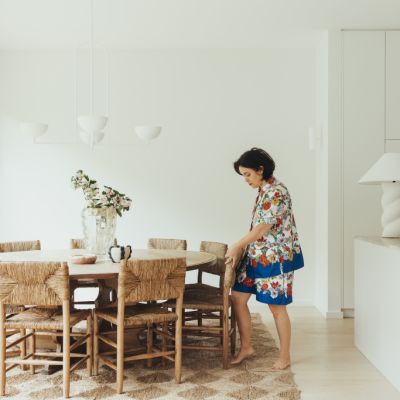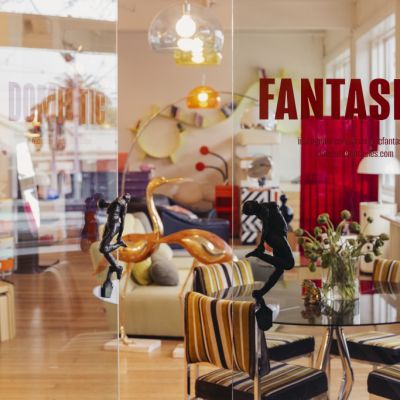How Hothaus founders Amanda Dziedzic and Laurel Kohut perfected the art of glassblowing
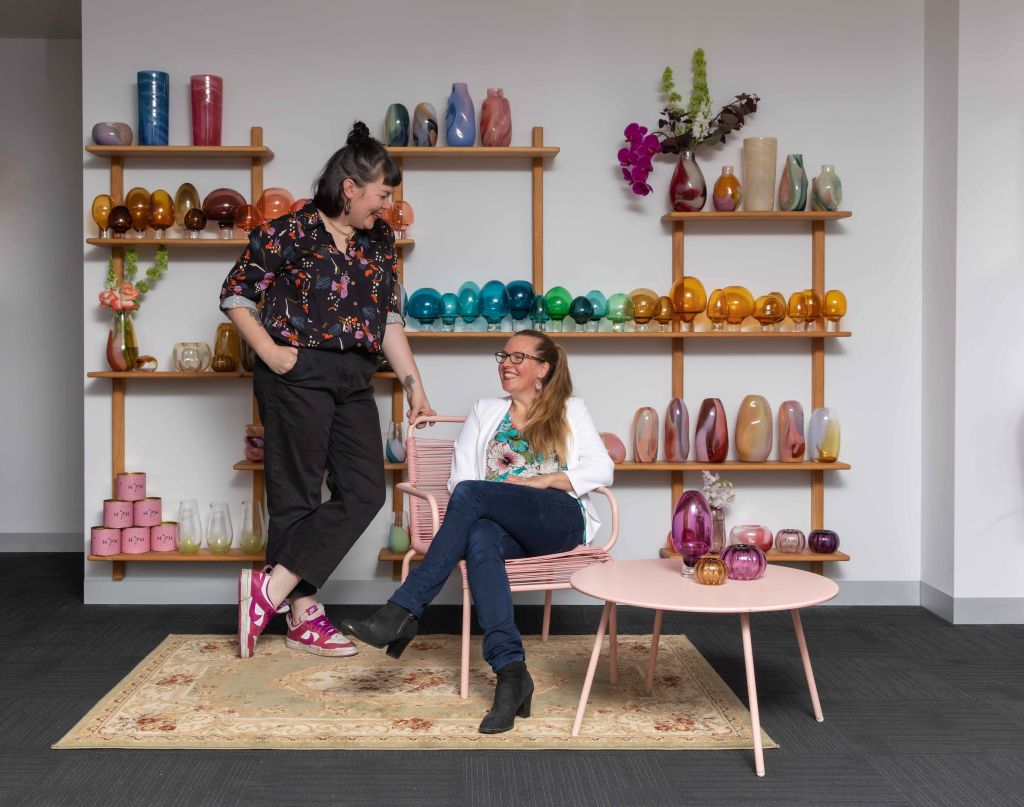
Good design, good glass, good times. These are the studio rules at Hot Haus, the independent glassblowing practice by artists and makers Amanda Dziedzic and Laurel Kohut.
The duo founded their studio in Heidelberg West in 2019 after working together across Melbourne for more than 10 years. Having both independently undertaken studies at Monash University and a glass traineeship at Jam Factory in Adelaide, there’s a shared knowledge base and work ethic at play.
And it’s this dynamic that keeps the fire burning.
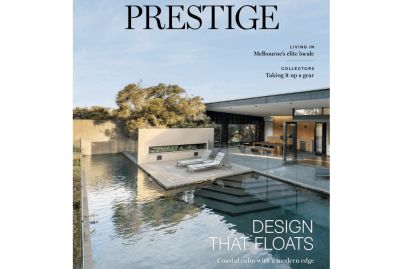

Kohut and Dziedzic create pieces together under the Hot Haus banner: particoloured vases, vessels and objets d’art (plus, in the festive period, lots of sparkling Christmas baubles). They also work on solo projects, teach classes for beginners, and lease flameworking facilities to experienced glass artists who need some time on the tools.
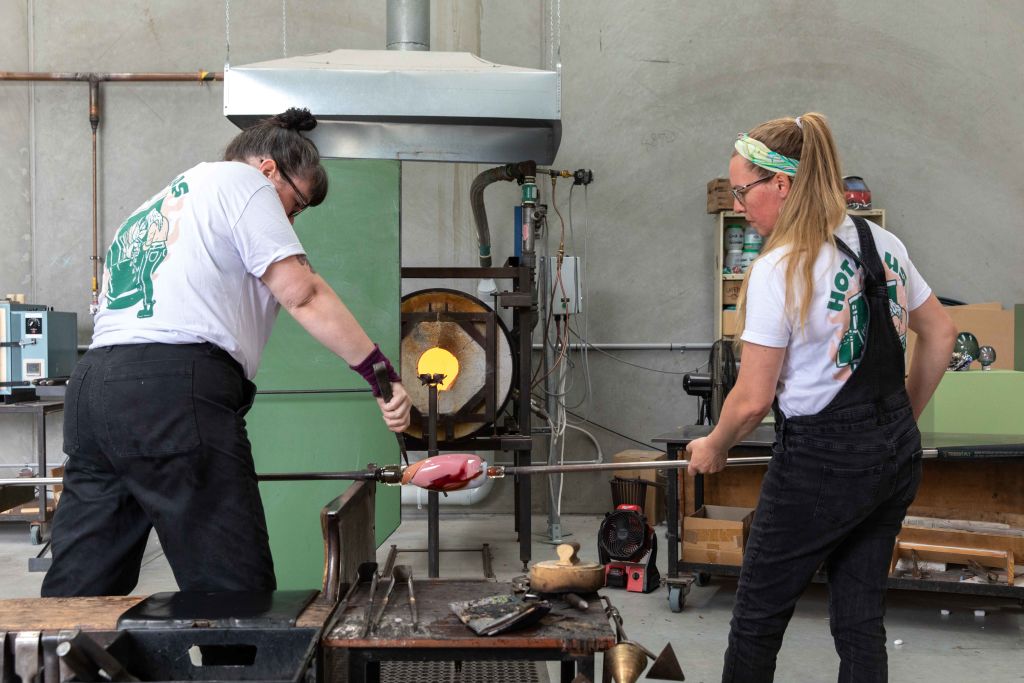
Blowers never work totally in isolation, Dziedzic explains. It’s a spirit of collaboration that appeals to her. “Traditionally you work with one other assistant or maybe two. So you’ve always got people to bounce off,” she says.
But it was the tactile nature of the trade that first drew her in. “Glass is wild. It goes through all the states. It’s viscous, liquid and then it sets and you’ve got this hard thing. You’ve got to learn all these skills, how to wield it and make it do your bidding.”
In technical terms, glass is neither liquid nor solid: it’s an amorphous solid, one that lacks an ordered internal structure. Which is ironic considering a well-ordered structure is inherent to the practice.
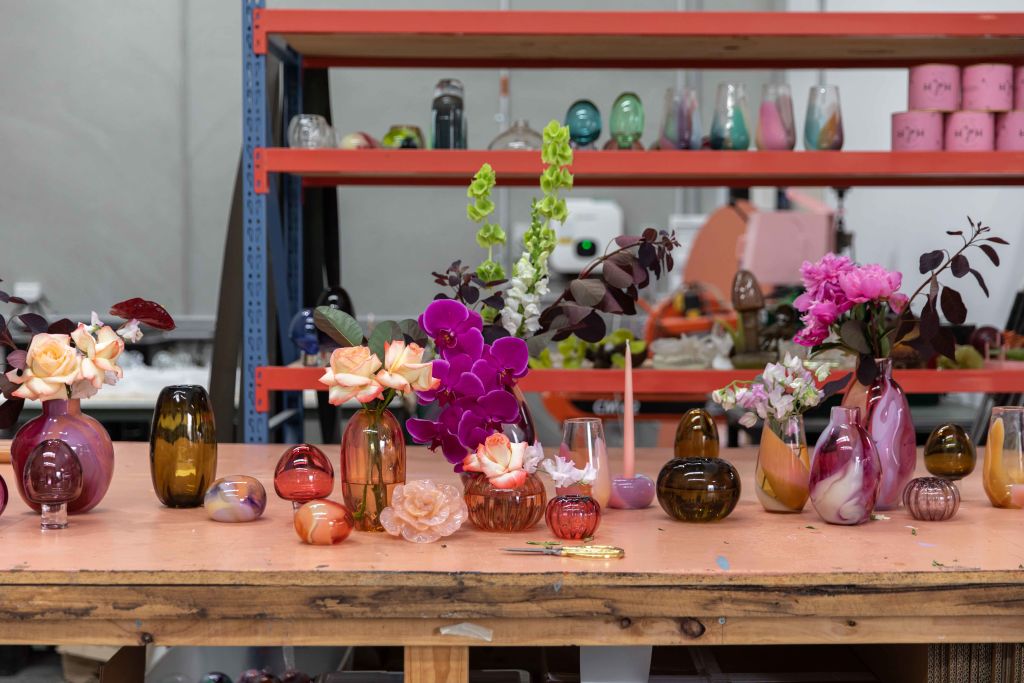
“We usually like to work in a team of three and each person has a set job,” Dziedzic explains. “The person who is making the work is the gaffer. They’re leading the team. Then you’ll have your first assistant quite close to the gaffer.
“And the other assistant is usually the one starting the pieces – they’ll take the first dip of glass and pick up colour from the kiln. It keeps a nice cyclical kind of movement going and it means you can make quite a few pieces in a session.”
Kohut thrives with this “team sports” mentality, she says. “In the hot shop, you need to be a good team player, good at communicating and able to work with other people. It’s not that you can’t do it on your own, but you can limit yourself. We’re able to make more elaborate pieces and be more efficient in a team,” she says.
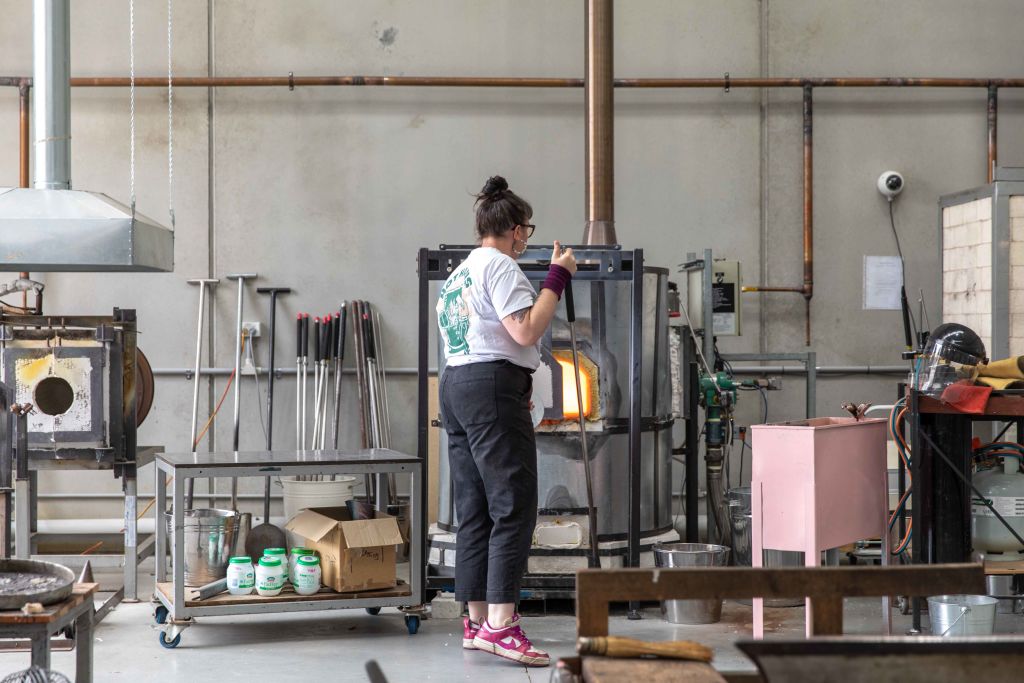
In the lead-up to Christmas, Hot Haus studio’s output is firing. The morning before Dziedzic and Kohut speak to Broadsheet, the team blew about 70 baubles in four hours. But it’s not all hard yards – both glass artists say there’s a particularly meditative quality to the task once the team gets into a flow.
And while working with an element like fire seems as if it could lead to chaos, glassblowing is in fact a very measured, planned medium. “The more you know about the material, and the more experience you have with it, the more in control you are,” Kohut says. It’s science as much as art. The age-old science of transforming base materials into beauty via skill and fire.
Heat is crucial. “If you’re working a cold piece of glass, it’s not going to want to move. So you’re really tuned into your working period with the heat,” Dziedzic says. The kiln at Hot Haus sits at about 515 degrees Celsius, which can be pretty unbearable in summer. Fatigue sets in quickly in higher temperatures, but music and mood-boosting snacks help.
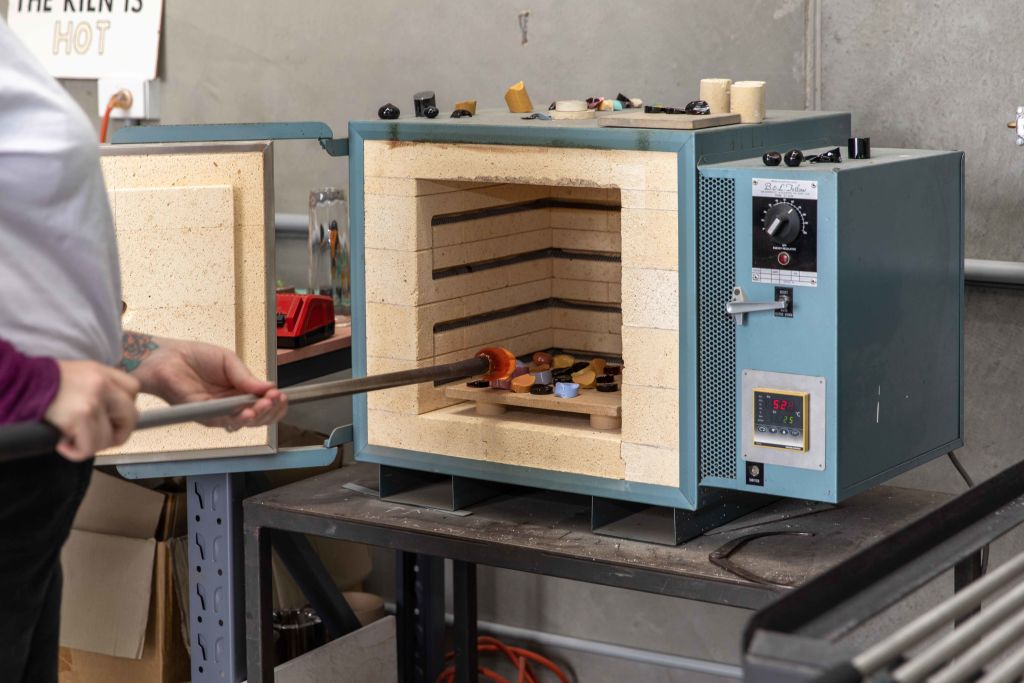
It’s not just the glass work that’s hands-on. Dziedzic and Kohut also built Hot Haus studio and its equipment from the ground up. Dziedzic had been collecting bits of equipment over the years, stashing it until the goal of opening a studio became reality.
“Most of our equipment doesn’t come up very often in Australia, it’s one of our biggest hurdles,” she says. “We built our furnace ourselves, which is wild. Laurel designed it, but we had lots of input from Tom Rowney, the tech at Canberra Glassworks. We were building during the pandemic so there were lots of Facetime calls and troubleshooting, asking peers and mentors, ‘Is this right? Where can we find this?’”
Colour is a key part of production at Hot Haus. The Urchin vases are transparent single colour items that catch the light with their bulbous form. Pieces in the Colourscapes collection highlight how the team manipulates hues to create movement in each design. And the Forager vessels lean into the one-off nature of the craft. Peach, magenta and amber are core shades. But the collection spans the rainbow – mint, yellow and purple baubles feature in this year’s festive offering.
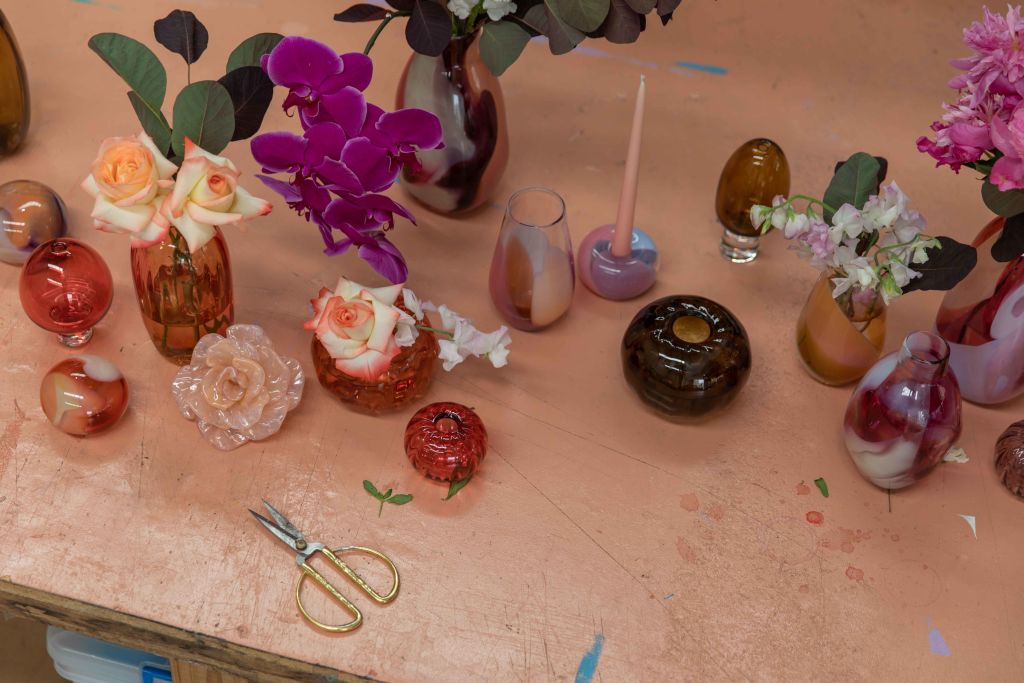
“It always starts with the raw materials. We melt our batch glass once or twice a week, making around 90 kilos of glass at a time. This is clear glass and we add concentrated colour bars, which are chopped into small or large pieces depending on how dense we want it. Otherwise we smash the colours up and pick up little chips for pieces like the baubles,” Dziedzic says.
Unloading the kiln the day after a session is always rewarding for the team – it brings a lot of joy to see the finished works, no matter how many times they’ve been made before. “We’ve been in the game for so long now. Both Laurel and I have been blowing glass for 20 years. But there are still sometimes happy accidents when it comes to colour combinations we are playing with,” Dziedzic says.
On top of the studio’s core range of vases, glasses and domestic vessels, the duo produce one-off commissions and artworks. Dziedzic often draws inspiration from nature for these pieces. “Plant life is my go-to. Vegetables, fruits, anything in the garden. My newest body of work is looking at fungi,” she says. Blooming roses are another iconic form. While she can’t capture the scent of a flower, she hopes to spark memories in shape and colour – like smelling the roses in her grandmother’s garden.
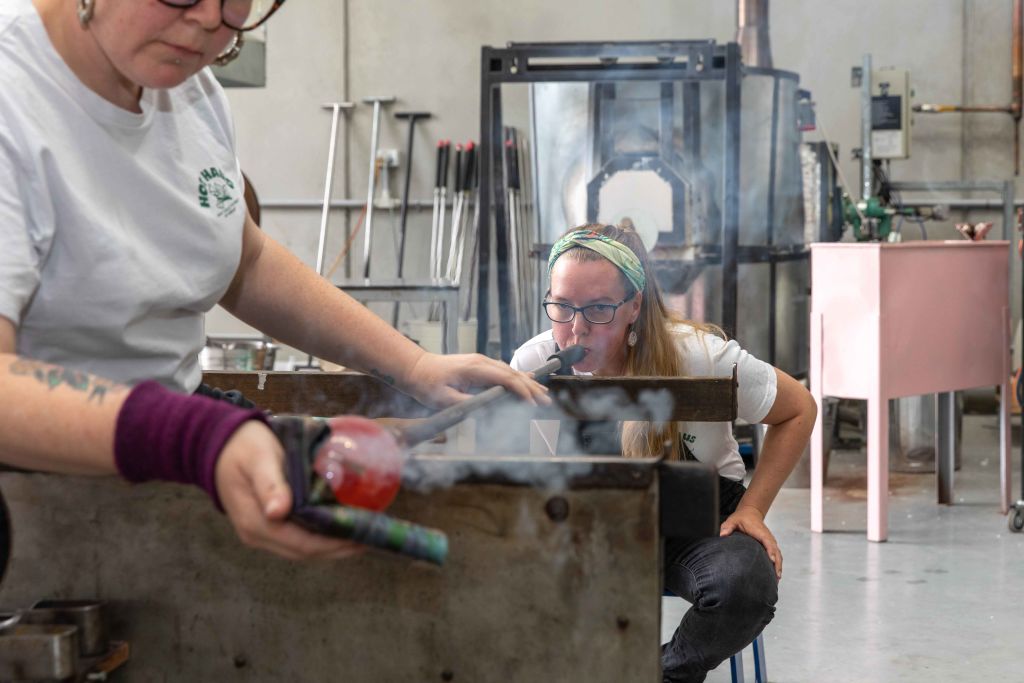
Kohut takes a more gothic approach in her recent works, looking to Victorian mourning jewellery for reference. “I enjoy investigating the sentimentality of objects and why we hold on to things dearly – what we use as remembrances of people,” she says.
Sharing their craft is also part of the Hot Haus ethos. Dziedzic and Kohut host classes for absolute beginners and budding glass artists. “We love to share our knowledge in the studio. It’s really important for people to come in and experience it for themselves,” Kohut says. “The glass community in Australia is very small and tight-knit. We try to look after each other and we want to foster this creativity so we don’t lose the art form.”
Hot Haus hosts its next open studio day on December 9. Visit Factory 12, 52 Sheehan Road, Heidelberg West. Workshops are on offer throughout the year for those looking to learn the fundamentals of glassblowing and expand their skill set. In the lead-up to Christmas, anyone aged 14 and over can learn to make their own bauble with a one-hour session. Shop online and see more details at hothaus.com.au.
This article first appeared in Domain Review, in partnership with Broadsheet.
We recommend
We thought you might like
States
Capital Cities
Capital Cities - Rentals
Popular Areas
Allhomes
More
